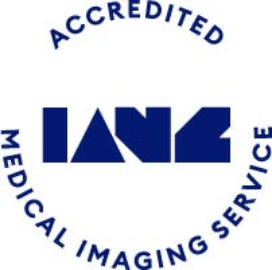Menu
Menu
An ultrasound uses high frequency sound waves that bounce off body tissue. These waves create echoes, which are recorded and displayed in real time on a monitor. These are used for obstetric images during a pregnancy, as well as for scanning a wide range of body parts and conditions. Ultrasound doesn’t use radiation and is considered completely safe for children and during pregnancy. You can learn more about obstetric ultrasound (also known as a pregnancy scan) by clicking the link button below.
When you make your appointment, our booking team will give you a rundown of everything you need to know (either by phone or email). For example, you may be asked to fast beforehand (avoiding any food in the hours prior), drink water, avoid going to the toilet, or arrive a little early. Unless you’ve been asked not to, you should continue eating and drinking normally and take all your usual medications.
Please remember to bring your completed doctors referral form with you, if this has not already been sent to us. This will ensure the branch reception has all the necessary information required so our expert team can provide you with the best care possible.
When you arrive, please check in with reception. We’ll make sure your details are correct and ask you to complete the appropriate forms.
An adult family member or friend is welcome to attend during your scan to support you on the day, however we kindly ask you not to bring any children to your appointment and to keep to a maximum of one support person only.
The skilled sonographer performing the examination will ask you questions about your scan, listen to you and make you comfortable. The procedure will be explained in detail and the sonographer will answer any questions you have before starting the examination. You will not be permitted to video, record or take photographs during your ultrasound as it is important that your sonographer can concentrate fully without any distractions.
Depending on your scan, you may be asked to remove most of your clothing and then change into a gown – this makes things easier and will be more comfortable for you.
Scans typically last between 30 and 45 minutes. The main types of scans are:
where the probe is moved over your skin. This is most common for pregnancy, muscles, liver, kidney and other internal organs, and uses a water-based gel to help the probe glide.
where the probe is inserted into the body. You’ll either lie on your back or as instructed by your sonographer. The small probe is inserted gently into the vagina. This may be slightly uncomfortable, but not painful.
Note: We understand that an internal ultrasound can be a personally invasive procedure, so you are welcome to request a female sonographer to perform this scan. Please make this known at the time of booking your appointment.
For the vast majority of ultrasound scans you can get on with your normal day.
If you were given a sedative, you will need to stay at the clinic for a few hours until it wears off. You will also need someone to stay with you for the following 24 hours. It’s important that you don’t drink alcohol, drive or operate machinery for 24 hours afterwards.
Once all images are taken by the sonographer, these are sent to the radiologist who reviews the images and provides a detailed report which is sent to your referrer. Your referring primary care provider will receive these results within two working days.
If you have had imaging with us before, register for myARG (our Patient Portal) to access your images immediately after your scan. If you haven’t had imaging with us before, you can still register and you will get access within one working day of your scan. Your imaging reports will be available after ten working days, to give your primary care provider time to go over the results with you.
Ultrasounds are considered safe for everyone.
If you are allergic to latex and are having an internal scan, please let your sonographer know before the procedure.




© Copyright Auckland Radiology Services Group Ltd. All rights reserved.